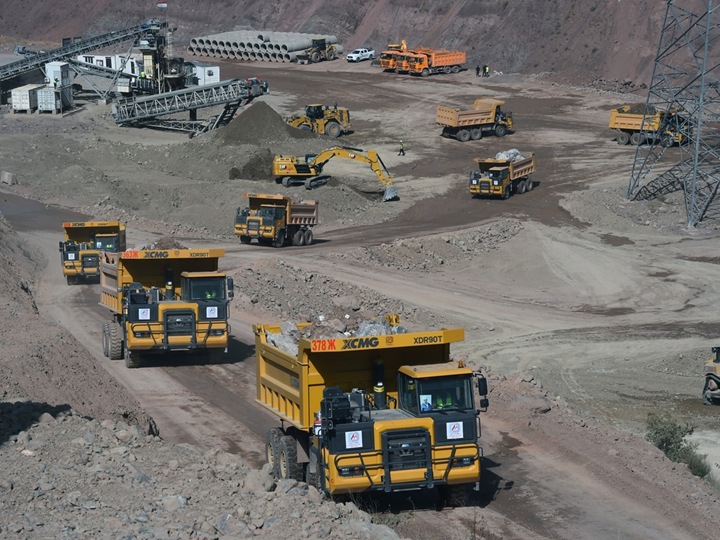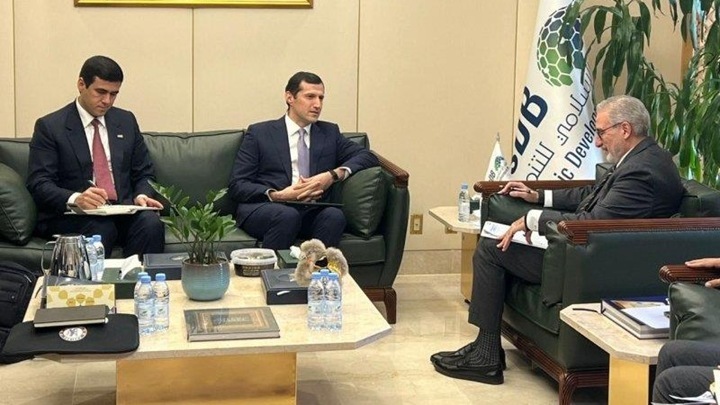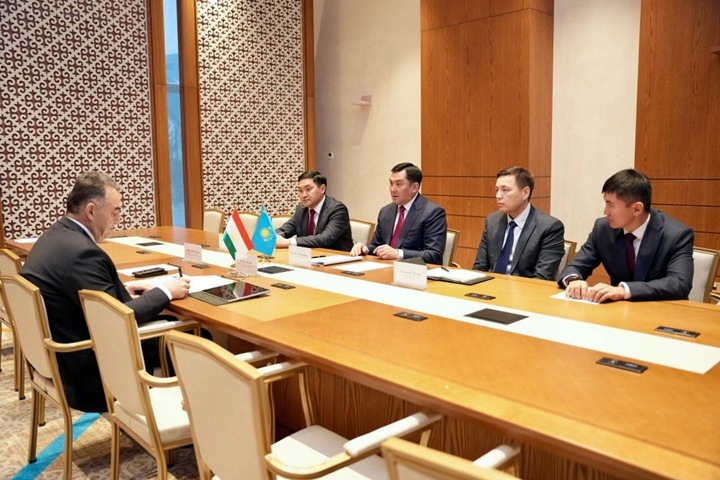Despite a preponderance of data on the high-level of financial and environmental risks, the World Bank has opted to become a major financial backer of the Rogun hydropower dam project in Tajikistan, approving an initial $350 million grant to help finish the first phase of construction.

Following up on the World Bank’s decision, the Asian Infrastructure Investment Bank announced a $270 million loan for dam construction and the Kuwait Fund for Arab Economic Development extended a $100 million line of credit to the project, the first loan installment of which has already been delivered. Though largely unspoken, Rogun’s potential as a hotbed of cryptocurrency production may have been the difference in making the project financially attractive enough to secure international financing, some analysts appear to believe.
Rogun is envisioned to become the world’s tallest dam with an annual generating capacity of 3,600 megawatts, an amount of power that could turn it into a goose that keeps laying golden bitcoins. “Taking into account the gigantic volumes of generated electricity, the mining capacity of the Rogun HPP should be simply fantastic,” said Alexander Kolotov, who heads a regional environmental watchdog, Rivers Without Boundaries.
In a letter sent earlier this year to another regional watchdog group, CEE Bankwatch, World Bank officials defended Rogun as a potentially “transformative clean energy project that will improve domestic and regional welfare and contribute to the decarbonization of regional power grids in Central Asia, provided it is managed under sound macro-economic, commercial, and social and environmental sustainability frameworks.”
The rapidly changing nature of the electricity market in Central Asia, as well as crypto-mining’s notoriety for causing environmental harm, appear to undermine the World Bank’s “clean energy” argument for Rogun. A UN report published in 2023 on crypto-mining’s environmental impact noted that “in addition to a substantial carbon footprint, global Bitcoin mining activities have significant water and land footprints.” The report added that hydropower, “an energy source with significant water and environmental impacts, is the most important renewable source of energy of the Bitcoin mining network, satisfying 16 percent of its electricity demand.”
International financial institutions are probably reluctant to discuss the Rogun-crypto connection because of bad optics, Kolotov said. “Mining cryptocurrency is not a story about the development of a country or a region,” he added. “A mining farm does not create jobs for local residents, does not develop the surrounding area. It produces a purely virtual and extremely volatile product.”
Officially, the dam has long been billed as a driver of economic development for Tajikistan, Central Asia’s poorest state. Plans currently call for roughly 70 percent of the electricity generated by the hydropower station to be exported, thus bringing in considerable revenue for the government.
But watchdogs, including Rivers Without Boundaries, warn that the project’s skyrocketing construction costs, as well as the growing efficiency of solar and wind power generation, threaten to render Rogun financially uncompetitive before it can reach its maximum generating potential. The cost of completing Rogun according to its present specifications now stands at $6.4 billion and is expected to keep climbing. Meanwhile, export options for the dam’s power appear rapidly shrinking.
One challenge for Rogun is it will be at least a decade before it is fully operational, while its main potential customers need added power sooner than that to alleviate chronic electricity supply problems. Kazakhstan, originally seen as a major taker of Rogun’s electricity, appears to be moving in a different direction. In October, a referendum approved the idea of building a nuclear power plant in the country. Uzbekistan also has a deal in place to build a nuclear plant with Russia’s help. Meanwhile, Kyrgyzstan is pondering nuclear power while at the same time pushing its own hydropower project, dubbed Kambarata-1, which is projected to generate 2,000 megawatts of electricity per year.
Yet another source of competition for Rogun is a joint initiative launched in 2024 by Azerbaijan, Kazakhstan and Uzbekistan to export solar and wind power to Europe via an underwater cable beneath the Caspian Sea.
A possible role model for Rogun is the Bratsk hydropower plant on the Angara River in Russia’s Irkutsk Region. A locally based entity called BitRiver has taken advantage of the comparatively cheap power generated by the Bratsk plant to rapidly expand operations: the company now bills itself as the biggest crypto player in Eurasia and one of the biggest in the world, even though it was subjected to sanctions by the US Treasury Department in 2022.
Rogun becoming a major power source for crypto-mining offers perhaps the most certainty that international investors will get a return on their investments. Whether the dam can fulfill its promise as a driver of economic growth and prosperity for Tajikistan is far less certain. Tajikistan is routinely ranked by watchdogs as one of the least democratic and most corrupt states in the world.
“I am sure that we will hear about the [crypto] mining [link] at the Rogun HPP only when the budget of the project swells to some completely indecent size,” said Chinara Aitbaeva, director of the Kyrgyzstan-based watchdog group Nash Vek. “That’s when it’s possible to present the option of creating crypto-mining at [Rogun] as an additional instrument for project profitability.”






Leave a Reply